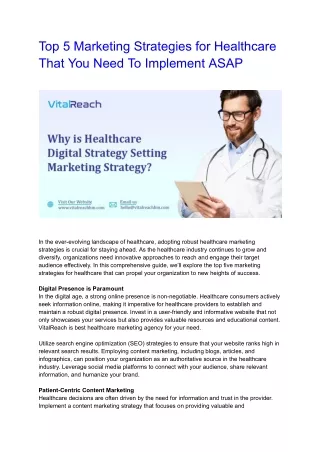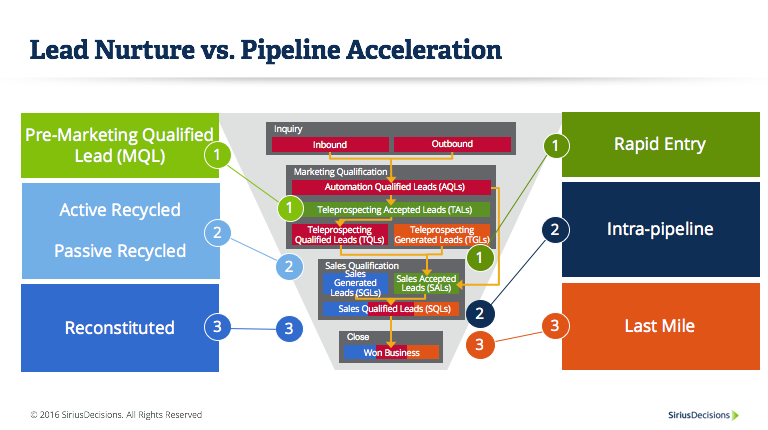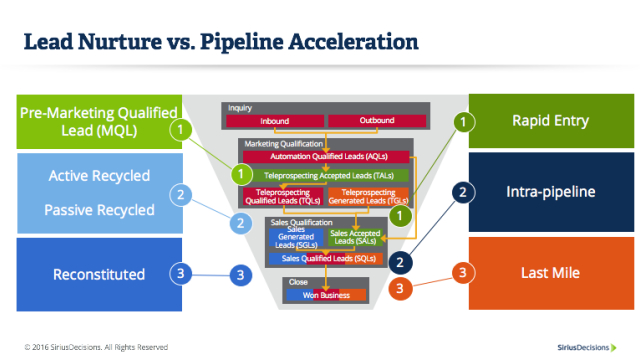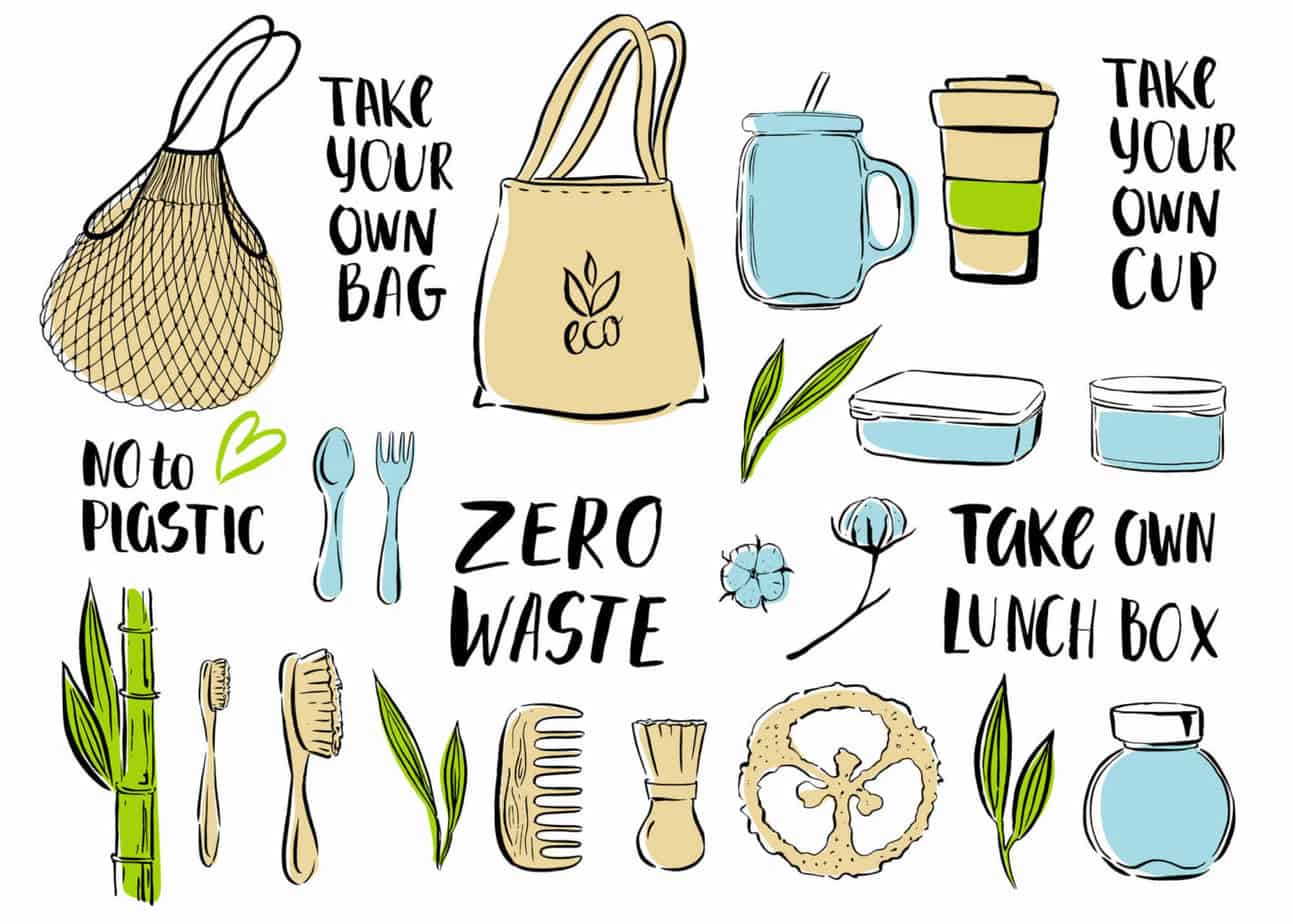The Ultimate Guide to Crafting a Winning Content Marketing Strategy in 2024
In the rapidly evolving digital landscape, content is no longer just king; it’s the entire kingdom. A staggering 70% of marketers actively invest in content marketing, recognizing its unparalleled power to attract, engage, and convert audiences. Yet, simply churning out blog posts or videos without a cohesive plan is like setting sail without a compass – you might drift, but you won’t reach your desired destination. The key to unlocking content’s full potential lies in a well-defined, strategic approach.
This comprehensive guide will equip you with the knowledge and actionable steps to develop a robust content marketing strategy tailored for success in 2024 and beyond. We’ll delve into everything from understanding your audience and setting clear goals to creating compelling content, distributing it effectively, and meticulously measuring its impact. Whether you’re a seasoned marketer looking to refine your approach or a business owner just beginning your content journey, prepare to transform your content efforts from scattered tactics into a powerful, revenue-generating engine. Get ready to build a content marketing strategy that not only resonates with your audience but also drives measurable business growth.

Why a Robust Content Marketing Strategy is Non-Negotiable Today
In an era of information overload, consumers are savvier than ever. They actively seek out valuable, informative, and entertaining content to guide their purchasing decisions, solve problems, and connect with brands. Without a strategic framework, your content risks getting lost in the noise, failing to deliver tangible results. A well-crafted content marketing strategy ensures every piece of content serves a purpose, aligning with your business objectives and resonating with your target audience.

Beyond Just “Creating Content”: The Strategic Advantage
Many businesses fall into the trap of creating content for content’s sake. They see competitors publishing and feel compelled to do the same, often without a clear understanding of what they hope to achieve. A strategic approach shifts the focus from mere output to impactful outcomes. It ensures that every blog post, video, infographic, or social media update is a deliberate step towards a larger goal, whether that’s increasing brand awareness, generating leads, or fostering customer loyalty.
Key Takeaway: A content marketing strategy transforms random acts of content creation into a cohesive, goal-oriented system that delivers measurable business value.

Driving Brand Authority and Thought Leadership
Consistent delivery of high-quality, insightful content establishes your brand as an authority in your industry. When you regularly provide valuable information, you build trust and credibility with your audience. This thought leadership positions you as a go-to resource, making your brand more memorable and influential. Over time, this translates into greater brand recognition and a stronger competitive edge.

Fueling SEO and Organic Traffic Growth
Search engines like Google prioritize websites that consistently publish fresh, relevant, and authoritative content. A strategic content plan inherently incorporates keyword research and SEO best practices, making your content discoverable by those actively searching for solutions your business provides. This organic visibility is invaluable, driving qualified traffic to your website without the continuous cost of paid advertising. It’s a long-term investment that yields compounding returns.

Nurturing Leads and Accelerating Sales
Content marketing isn’t just about attracting visitors; it’s also about guiding them through the sales funnel. Different types of content can address specific needs at various stages of the customer journey, from initial awareness to final purchase. Informative blog posts can introduce your brand, detailed guides can help prospects evaluate options, and case studies can provide the social proof needed to close a sale. This strategic nurturing accelerates the sales cycle and improves conversion rates.
Phase 1: Foundation – Understanding Your Audience and Goals
Before you write a single word or shoot a frame of video, you must lay a solid foundation. This foundational phase involves deep dives into understanding who you’re trying to reach and what you aim to achieve. Without this clarity, your content marketing strategy will lack direction and impact.
Defining Your Target Audience with Buyer Personas
Who are you trying to speak to? This isn’t a rhetorical question. Generic content appeals to no one. Buyer personas are semi-fictional representations of your ideal customers, based on real data and educated speculation about demographics, behaviors, motivations, and goals. They help you humanize your audience, allowing you to create content that genuinely resonates.
To create effective buyer personas, consider:
- Demographics: Age, gender, income, location, occupation.
- Psychographics: Interests, hobbies, values, attitudes, lifestyle.
- Pain Points: What challenges do they face? What problems are they trying to solve?
- Goals & Aspirations: What do they want to achieve?
- Information Sources: Where do they get their information? (Blogs, social media, forums, news sites).
- Objections: What might prevent them from engaging with your content or buying your product?
- Awareness Stage: The prospect realizes they have a problem or need. Content should be educational and problem-focused, not sales-focused.
- Content Types: Blog posts, infographics, social media posts, short videos, guides.
- Example: “5 Signs Your Website Needs a Refresh”
- Consideration Stage: The prospect has defined their problem and is researching potential solutions. Content should offer solutions and comparisons.
- Content Types: Ebooks, whitepapers, webinars, case studies, comparison articles, expert guides.
- Example: “Website Redesign vs. SEO Optimization: Which is Right for You?”
- Decision Stage: The prospect has chosen a solution strategy and is now evaluating specific vendors or products. Content should build trust and demonstrate value.
- Content Types: Product demos, free trials, testimonials, detailed case studies, consultations, pricing guides.
- Example: “How Our
Give your personas names, job titles, and even photos to make them feel real. For example, “Marketing Manager Mary” might be struggling with lead generation, while “Small Business Owner Sam” is looking for cost-effective digital marketing solutions.
Mapping Content to the Customer Journey
Your audience’s needs change as they move from initial awareness of a problem to actively seeking a solution and ultimately making a purchase. Your content marketing strategy must address these evolving needs at each stage of the customer journey:







